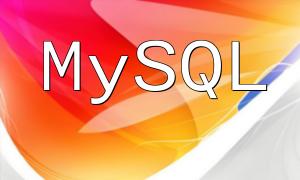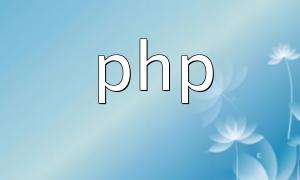In PHP, the array() function is the most traditional way of creating arrays. Using it, you can add multiple elements to an array.
// Creating an array with multiple elements
$fruits = array("apple", "banana", "cherry");
// Accessing array elements
echo $fruits[0]; // Output: apple
Since PHP 5.4, you can use square brackets [] to create arrays. This method is more concise and makes the code more readable.
// Creating an array with multiple elements
$colors = ["red", "green", "blue"];
// Accessing array elements
echo $colors[1]; // Output: green
In PHP, you can create associative arrays by specifying key names, allowing you to access array elements by key.
// Creating an array with named keys
$person = array(
"name" => "Alice",
"age" => 30,
"city" => "New York"
);
// Accessing array elements
echo $person["age"]; // Output: 30
The range() function is used to create an array containing a sequence of numbers. This method is particularly useful for generating ranges of numbers.
// Creating an array with a range of numbers
$numbers = range(1, 5);
// Accessing array elements
echo $numbers[3]; // Output: 4
The foreach loop is a common and efficient way to iterate through arrays in PHP. It simplifies the code and improves readability.
// Traversing the array and printing each element's value
$grades = array("Tom" => 80, "Jane" => 90, "Alice" => 85);
foreach ($grades as $name => $grade) {
echo $name . "'s grade is " . $grade . "
";
}
// Output:
// Tom's grade is 80
// Jane's grade is 90
// Alice's grade is 85
From the 5 methods of creating and working with arrays in PHP, we can see the advantages and suitable use cases for each approach. Understanding and mastering these methods can help us use arrays more efficiently in real-world development, making the code cleaner and more readable.








